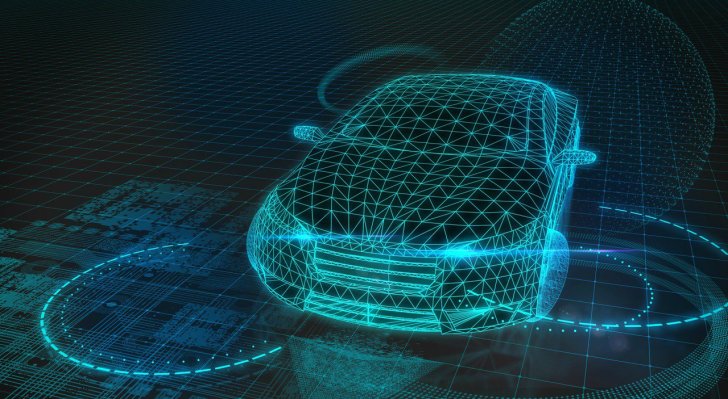We’ve come a long way since 2009 when Google launched its stunningly ambitious self-driving car initiative. Nearly a decade later, it’s easy to consider widespread autonomy to be a fait accompli, an achievement on the cusp of attainment. It’s fun to imagine a future with all cars and trucks on autopilot and human driving as contemporary as the Babbage Engine and the phonograph.
Unfortunately, the near-term reality is quite different: We are still many years away from realizing a fully autonomous future due to the numerous regulatory, social, legal and technical roadblocks that remain. However, there are three exciting developments that I do expect to transpire within the next 12-18 months.The first major rollouts of autonomous fleets; the development of new mapping and LIDAR technology; and, finally, the development of communities dedicated to autonomous driving in cities and private campuses.
The first major rollouts of AVs will involve fleets
Within the next 18 months, some autonomous vehicles will be rolled out via fleets rather than via individual ownership. Fleets of trucks may well be the first to move towards autonomy.
At first, trucks will be deployed only on certain rural highway routes during pre-specified low-traffic hours of the day. Rather than being fully autonomous, fleet of trucks will be deployed in “drafting” mode, where one driver controls several trucks moving in tandem on designated highways. Embark is alreadypiloting self-driving long-haul trucks from Texas to California, though for now they still involve a human monitor sitting inside the cab.
Passenger AVs (like many nascent technologies) will initially be very expensive. So expect the first widespread rollouts of driverless vehicles to involve commercially-owned managed fleets. Car manufacturers as well as ride hailing / car sharing companies are already positioning themselves for this reality by gearing up to provide cars as a service.
As a result, fleet management firms that assist with maintenance, charging, scheduling, cleaning and deployment of vehicles will become important businesses.
Improved technologies like mapping and lidars are laying the foundation for tomorrow’s AVs while improving driving safety today.
Within the next 12-18 months, consumers will reap the benefits of some of autonomy’s foundational technologies.
Over the last couple of years, safety features initially developed for AVs have been rolled out to consumers, first in higher-end cars and then in mainstream cars as well. Already we have new cars withdriver assist systems that can detect objects in blind spots, automate parking, keep drivers within their lanes and even help prevent collisions. The improvements in the next 12-18 months will be even more profound and more widespread than what we’ve seen already.
The next iteration of technologies will use improved machine-readable maps and sensors to help cars know how many lanes need to be crossed in order to exit safely and to notify drivers to proceed with caution when approaching intersections with high accident rates. Foundational technologies like machine-readable maps (developed by Mapper, DeepMap and others) and improved lidar (developed by companies like Velodyne and Luminar) may be laying the groundwork for an autonomous future still a decade away, but the safety improvements are already helping us today.
Autonomous communities like dedicated neighborhoods and private campuses will come well before mass autonomy.
The greatest technical challenge with autonomy involves planning for the unexpected, be it pedestrians, another car (especially one driven by humans), challenging weather, or a downed tree. Regulations are another major hurdle to widespread adoption of autonomy. That’s why the first roll-outs of autonomous technologies are being deployed in controlled environments.
In private, closed campus-like settings, the administrators can establish their own regulations and administer roadside sensors to augment what AVs alone aren’t yet able to handle. Santa Clara University alreadyhas a self-driving shuttle on an established, recurring route (like a monorail with no rails). Other private campuses, like hospitals, corporate campuses, resorts and retirement communities will increasingly follow-suit.
Proposals are being made to create “smart cities” in Toronto and Arizona, but these are years away from development and implementation. That said, within the next 18 months, we will start to see the initial project plans take shape as architects, city planners, civil engineers, and government and business leaders have the awesome opportunity to re-imagine neighborhoods and even cities; it’s a pretty revolutionary notion, and though the smart cities won’t actually get built for years, it’ll only be months until we begin to glimpse what’s yet to come.
